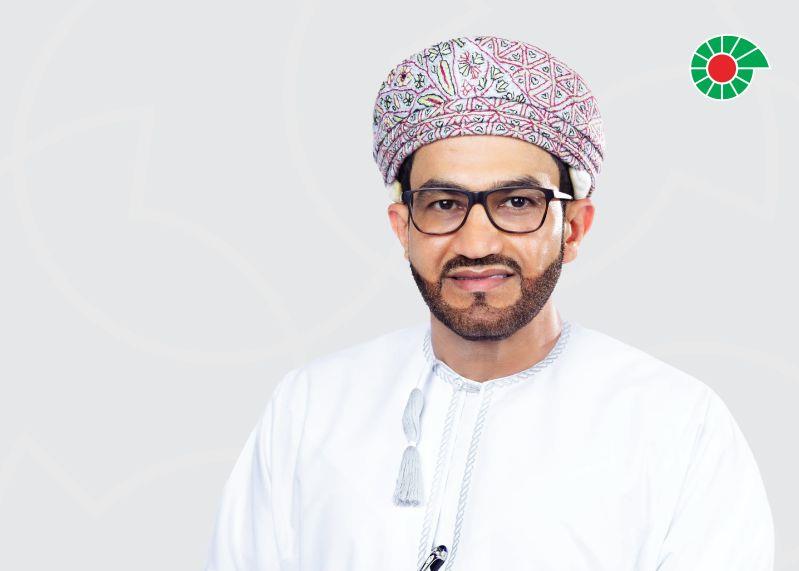
The first phase of the ambitious $1.6bn project to create a GCC-wide power network has been a great success since it came on line in July, and could form the blueprint for future collaborations
The $1.6bn project to link up the electricity networks of the GCC states has been up and running for less than two months, but has already proven its worth several times.
The first phase of the project was completed on 26 July, linking Kuwait, Saudi Arabia, Bahrain and Qatar via the GCC North Grid, and helping to prevent power cuts in those countries during the peak summer period.
“All countries have benefited,” says Ahmed Ebrahim, director of system operations and maintenance at the GCC Interconnection Authority (GCCIA). “Things happened in Kuwait, and Bahrain and Qatar contributed [power]. Something happened in Qatar, and Kuwait and Bahrain backed it up and stabilised the system.”
Improving the stability of the Gulf’s power networks was just one of the motivations for constructing a pan-GCC electricity grid when the project was first discussed in the early 1980s. In time, other benefits, such as savings on investments and the possibility of electricity trading, will also be realised.
Project committees
With the most complex phase of the grid complete, the GCCIA’s role is moving to that of being the operator of the transmission system. To this end, it has established operations and technical committees, while an advisory and regulatory committee is in the process of being set up. The committees will include representatives from each of the member states.
Among other duties, the advisory and regulatory committee will be responsible for approving the tariffs charged to each country for using the network. It will be chaired on a rotating basis by each of the GCC states, starting with Kuwait. In time, it is expected to form the basis of a regional electricity regulator.
In the future, energy trading is expected to be the main income generator for the GCCIA. But given the current lack of spare generating capacity in the Gulf countries, the authority will initially charge annual fees to cover the running of the grid. The fees for the first year will be about $35m, divided among the member states according to their shareholdings.
“Our plan is to promote trading so that year by year the annual fees can be reduced, based on the revenue that we get, and eventually we aim to be self-reliant,” says Ebrahim.
One of the main advantages of an interconnected system is that it allows the most economical elec-tricity generating units in the region to be used at any given time.
“It will depend on the evolution of the local authorities,” says Ebrahim. “If they start becoming more like companies who want efficient operations and more economic sources of energy, this will become the driver for trading.”
Full-scale trading between the countries will only be possible after phase two, which will link the UAE and Oman via the GCC South Grid, and phase three, which will connect all six countries. The work should be completed by 2011.
The GCCIA is already discussing the possibility of increasing the size of the interconnections in anticipation of strong interest in energy trading.
Expanding capacity
“At the moment, the network is mainly for emergency use and we have only a small amount of capacity for trading,” says Ebrahim. “If we want to make the grid really profitable, we have to make large-scale trading possible. We currently have two lines and we have to build maybe four or six, but it will depend on the feasibility studies.”
Expanding the capacity of the grid would make it possible for large power plants to be built to serve multiple countries, which would open up a wealth of new opportunities for private power developers. It would also make a regional nuclear programme more feasible.
Interconnections with other grids in the Middle East & North Africa, and eventually even an electricity link to Europe, could also become a reality, enabling utilities to take advantage of the daily and seasonal diversity in demand for electricity across the region.
That is still some way off, but even in its early days, the GCC interconnector has started to make a difference to the reliability of the Gulf’s power networks, and its usefulness will only grow in the months and years ahead.
Although the project took more than two and a half decades to reach this milestone, it now stands as a template for further co-operation between the GCC member states. The GCCIA is also planning to lease out its fibre-optic cables to the region’s telecoms operators, creating the basis for a unified communications network.
As the only physical tie currently linking the member states other than roads, the GCC power grid stands as a symbol of what can be achieved when the member states co-operate.
GCC power grid timeline
- 1982 Unified electricity network first discussed
- 1990 First feasibility study launched
- 2001 GCC Interconnection Authority set up
- 2003 Second feasibility study launched
- 2004 Contracts awarded for construction of the GCC network
- 2005 Construction work begins
- 2009 Phase 1 complete, linking Kuwait, Saudi Arabia, Bahrain and Qatar
- 2011 Phase 2 and 3 complete, linking all six GCC countries
You might also like...

Microsoft invests $1.5bn in Abu Dhabi's G42
16 April 2024

Roshn and Dar Al Arkan sign Sedra deal
16 April 2024

Summit opens with promise to keep Cop28 commitment
16 April 2024

PDO gets first Omani managing director
16 April 2024
A MEED Subscription...
Subscribe or upgrade your current MEED.com package to support your strategic planning with the MENA region’s best source of business information. Proceed to our online shop below to find out more about the features in each package.








